|
The three less-than-common gull species that you can reasonably expect to come across with some regularity on the Thames in London are Caspian, Yellow-legged and, at the right times of year, Mediterranean. All three are easier to find the further east you go, as my fledgling East London gulling career already seems to be testifying. I must admit I feel a bit of a poacher, having started visiting Thames Barrier Park regularly – a site put on the map by the efforts of Rich et al – and in many ways I miss 'my' stretch of the river around Chiswick and Fulham. But there's no doubt that TBP 'feels' better. There are always several Yellow-legged Gulls milling around and I've already had three Mediterranean Gulls here in four visits, this being a species I never even saw in the 18 months I watched the river at Fulham (although I must have been unlucky, for they were regularly seen at the adjacent WWT). So far just the one Casp, the 3cy bird that featured on this blog last week – which was again present on 23rd, easily recognisable by the damaged primaries in the left wing, even if bill colour appears to be on the change and moult is progressing quickly. My two visits to TBP (on Friday and Monday) didn't set the world alight, but the usual handful of Yellow-legged Gulls on both dates kept me ticking over, while an adult Ringed Plover on Friday was a surprise. Apparently this is a species that Rich, Jamie and Dante have never seen here during their many visits. Other bits included a pair of Oystercatchers and a Little Egret fishing in rock pools by the Barrier itself. The gulls were a bit moody on Monday. On a hot, sunny and breezy evening, they didn't seem particularly fussed about my bread and were unusually skittish. One of the few that consistently showed well was a moulting adult Mediterranean Gull which, although a bit scruffy in moult, nonetheless still managed to look dashing.
0 Comments
I took a short weekend trip to Terceira, Azores, back in February, with the primary aim of seeing the wintering Redhead, but also seeing (and hopefully finding) a few other American vagrants. The trip was an overall success, with over 30 individual American birds seen on Terceira alone, including self-found American Herring Gull and Lesser Scaup. For a gallery of images from the weekend, either click here or on the Redhead image below.
I've just published an album of Mauritanian images in the Photography section of my website. Expect Golden Nightjars, Blue-naped Mousebirds, Dunn's Larks and a whole host of gripping Western Palearctic specialities. To view, either navigate to it via the Photography banner at the top of this page or click on the roosting Golden Nightjar below!
With the second half of July now upon us and birds again on the move, it's well and truly time for part timers such as myself to get back out in the field. Going birding twice in the space of four days isn't something I've done for a long time, and to be honest I nearly didn't bother this morning – it was another sweltering day with long spells of unbroken sunshine across London. I took a sweaty tube ride down to North Greenwich, where my first stop was the 'beach' on the north side of the O2 Arena. It's a funny site; it always feels like it should be really good, and with a good few hundred large gulls always loafing here, it really should be. Yet it seems to consistently under-perform when compared to the likes of Thames Barrier Park, despite usually holding more birds overall. Furthermore, the birds are often a bit skittish and don't readily come to bread, as they do pretty much everywhere else along the river in London. Today was no different really; it just 'felt' unproductive and my final tally of three Yellow-legged Gulls (one juvenile and a couple of 2cy birds) was disappointing if unsurprising. However, a smart juvenile Mediterranean Gull did appear for a while, although never really showed as well as I'd have liked it to. With little doing, I decided to cross the river and head to TBP, where I was joined by Dante. Several Yellow-legged Gulls were in evidence, with at least a dozen, including 10 juveniles, logged by the time the tide covered up the spit. Dante also broke his own distance record for throwing a slice of bread, which he was very pleased about. It must have gone travelled about 40 metres. Very impressive. Even more impressive, though, was a juvenile Mediterranean Gull, which showed brilliantly. On such a sunny day, it was an inevitability that the harsh light severely hindered photography, but the bird performed so well that it was impossible not to point the lens at it. Interestingly, it bore a white ring ('3891') and is presumably from Belgium or The Netherlands (tbc).
I joined Dante Shepherd for a couple of hours on this rising tide at Thames Barrier Park (TBP) this morning. It actually proved to be a pretty good session, with eight species of gull recorded. Just before Dante arrived, I was treated to East London's answer to hunting lions on the Serengeti – a Great Black-backed Gull catching, killing and eating a Feral Pigeon. That's one less flying rat in these parts ... Aside that piece of action, the highlight was a 3cy Caspian Gull, which Dante ably picked out from the 150 or so large gulls present. It was quite subtle so we were initially cautious, although the more we looked at it the clearer it became that it was a Casp. TBP is a south-facing site so if it's a sunny day then you're in trouble for photos, hence the images below leave a lot to be desired. It's a fairly small bird, lacking the imposing and often striking structure of some big males, although plumage is good: note the small mirrors on the retained p10 feathers, for example. The knackered left wing should make it quite noticeable for a couple of weeks, although it's well into primary moult now, with p5 growing and p6 dropped. It's always nice to get your first juvenile Yellow-legged Gulls of the summer on the board, and today was that day. A respectable total of nine was amassed, including four juveniles, the others being a mix of all other age classes. A nice adult Mediterranean Gull also dropped in for a few minutes, but wouldn't be drawn by our frantic bread chucking and soon headed off upriver. And finally it's worth paying tribute to this little critter, which seemed far too young to be floating around on the Thames on its own, close to a sandbar populated with GBBs. However, it could fly and seemingly held its own against fully grown gulls in the vicinity. Several fledged juvenile LBBs were seen, with two juvenile Herrings also arriving on the spit during our visit.
|
This pageThe musings of a wildlife enthusiast, usually armed with his camera. Archives
September 2023
|
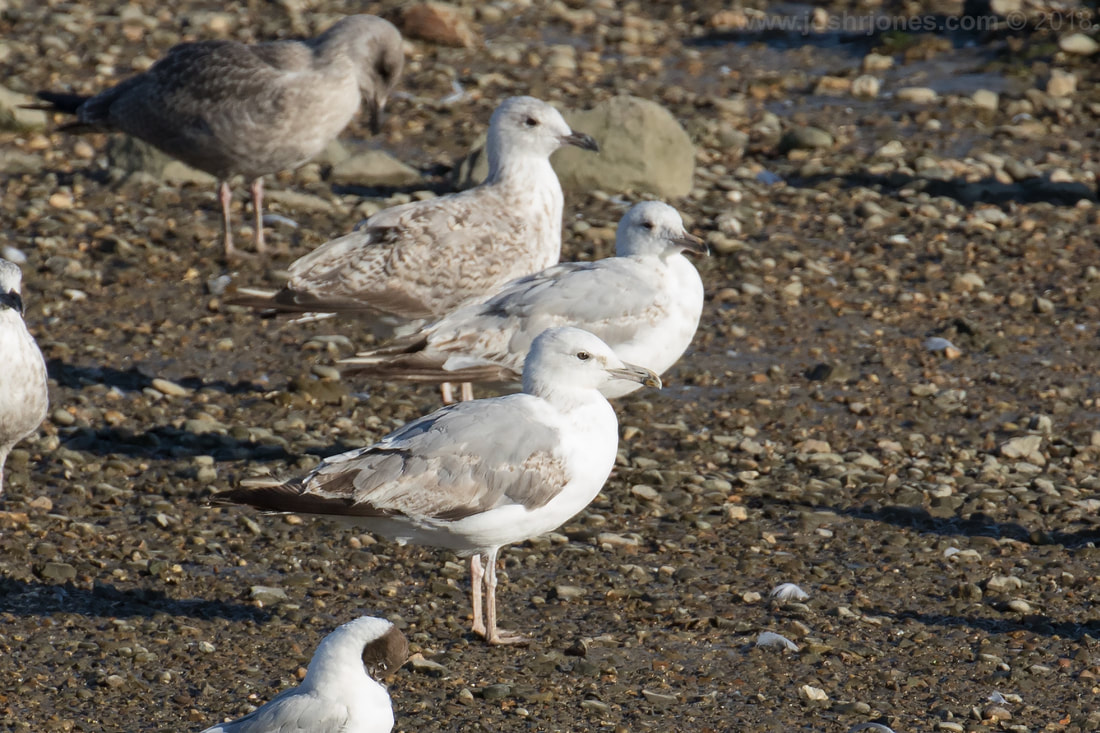
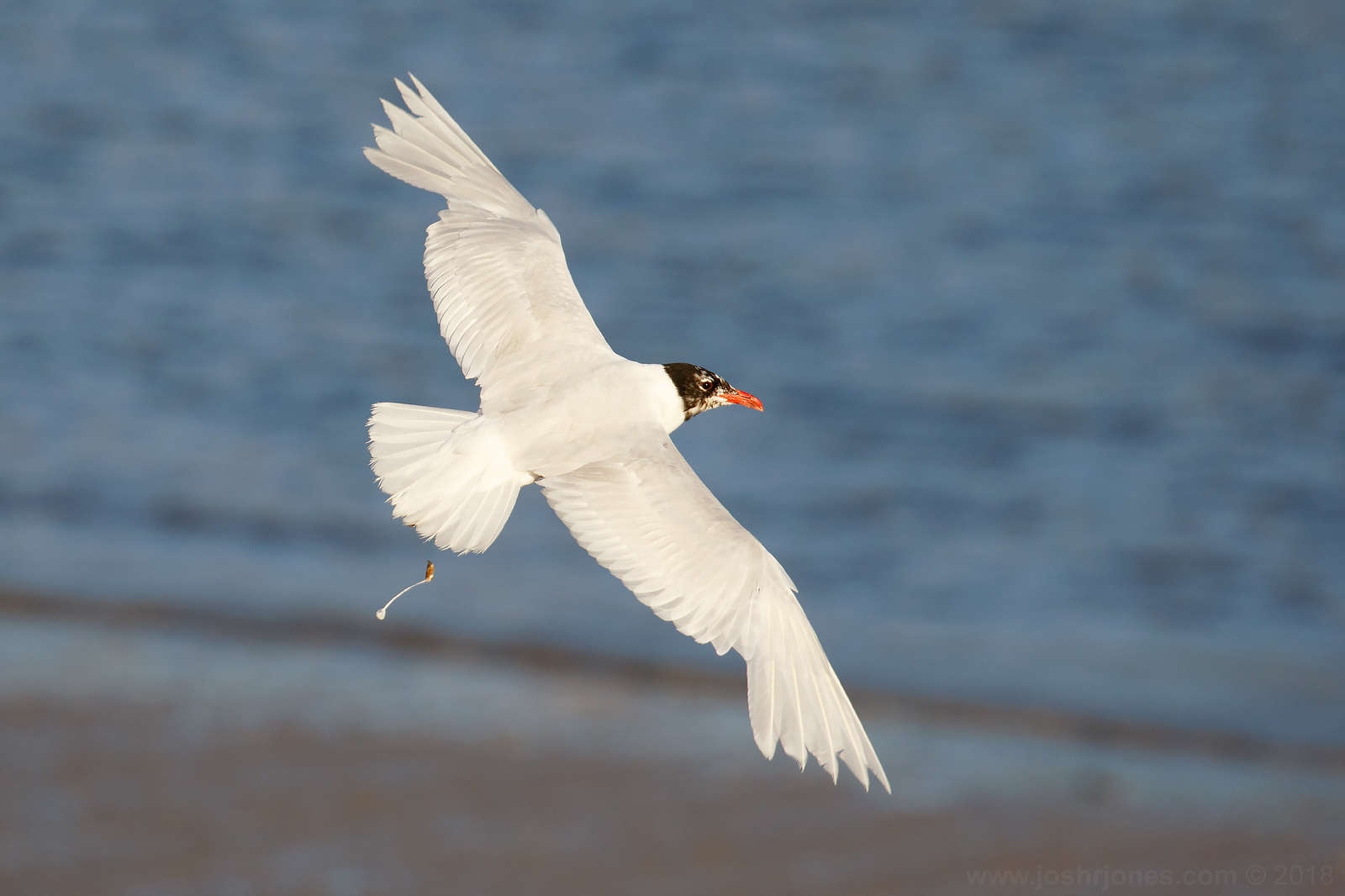
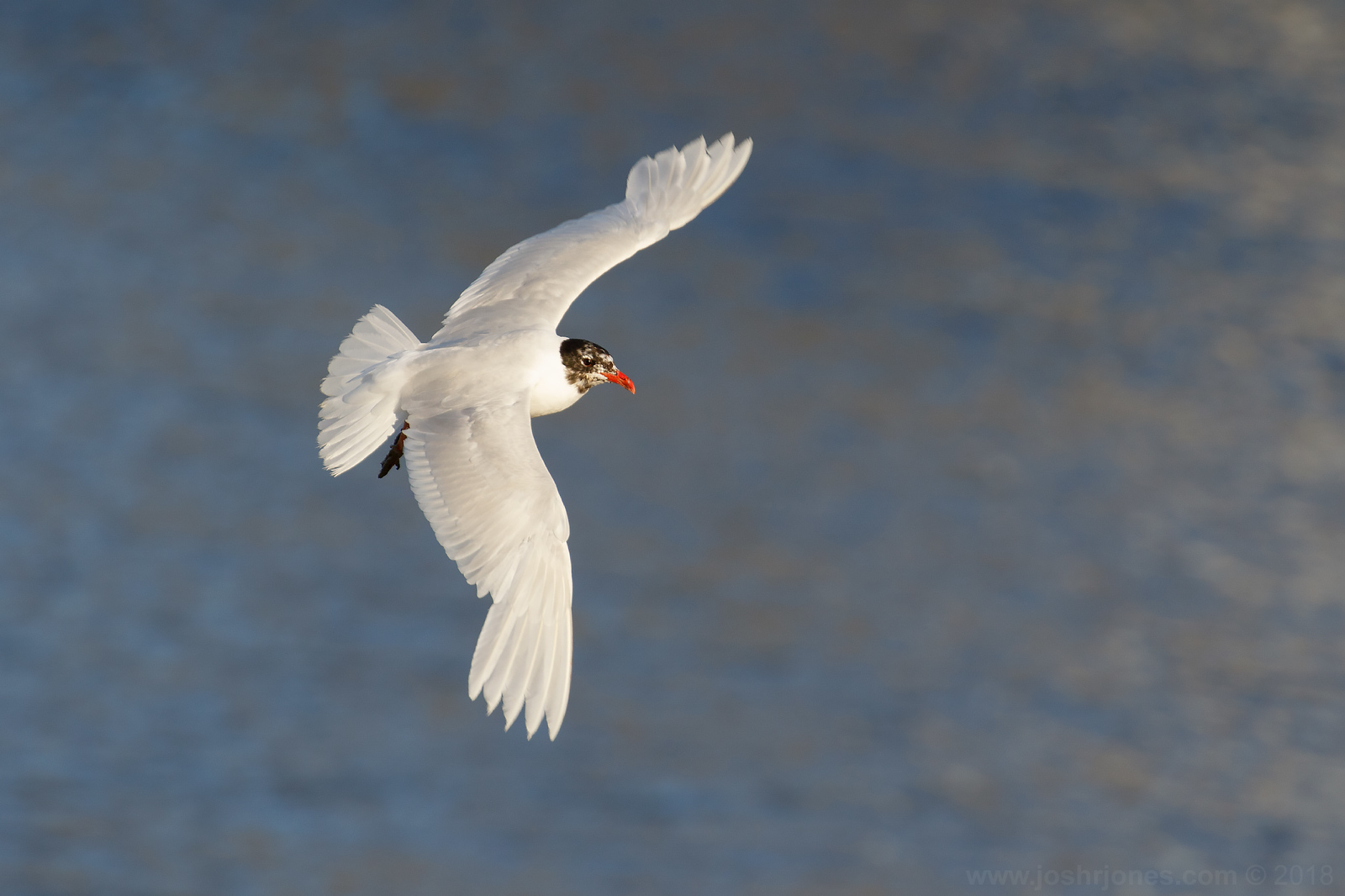
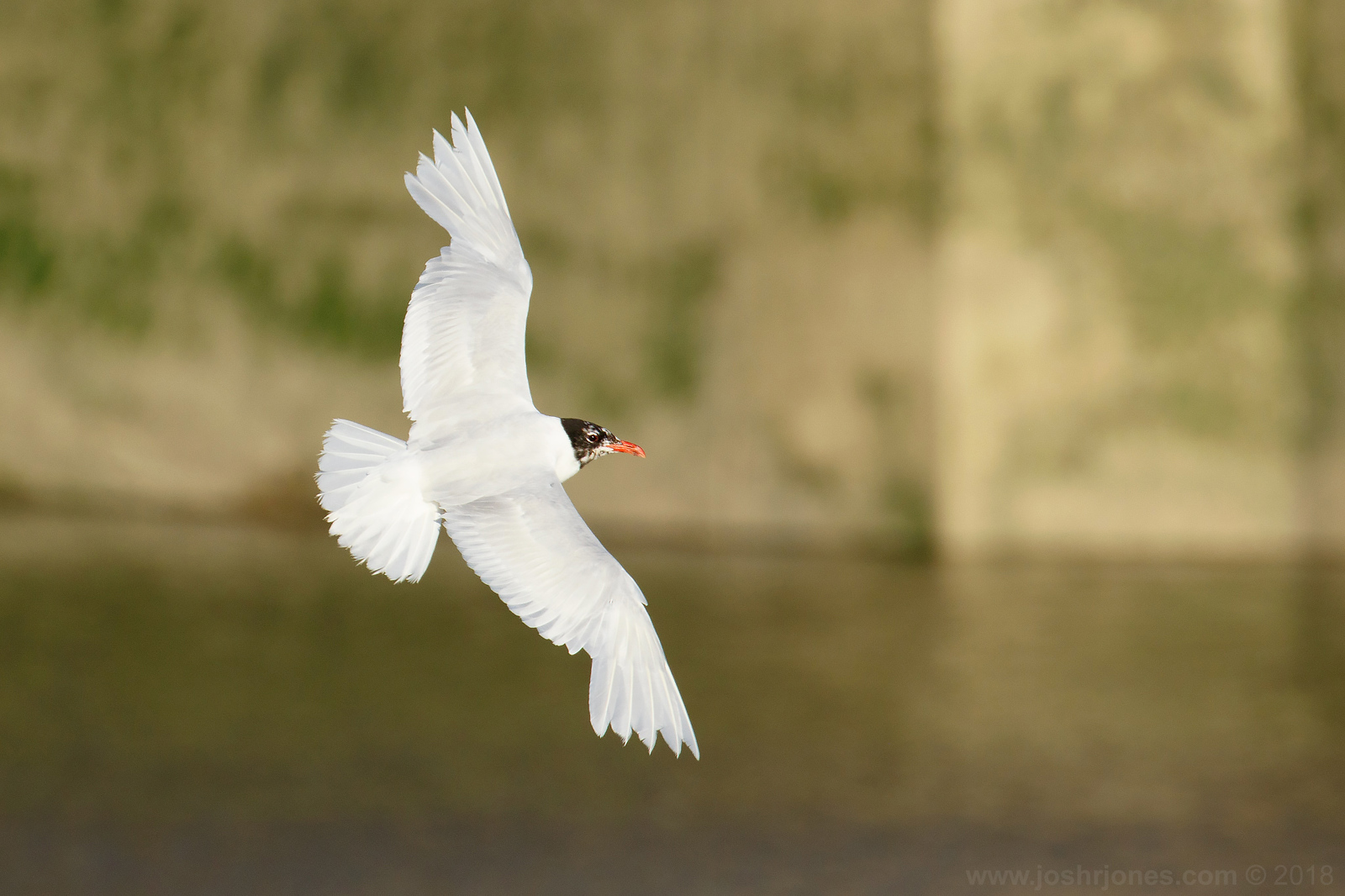
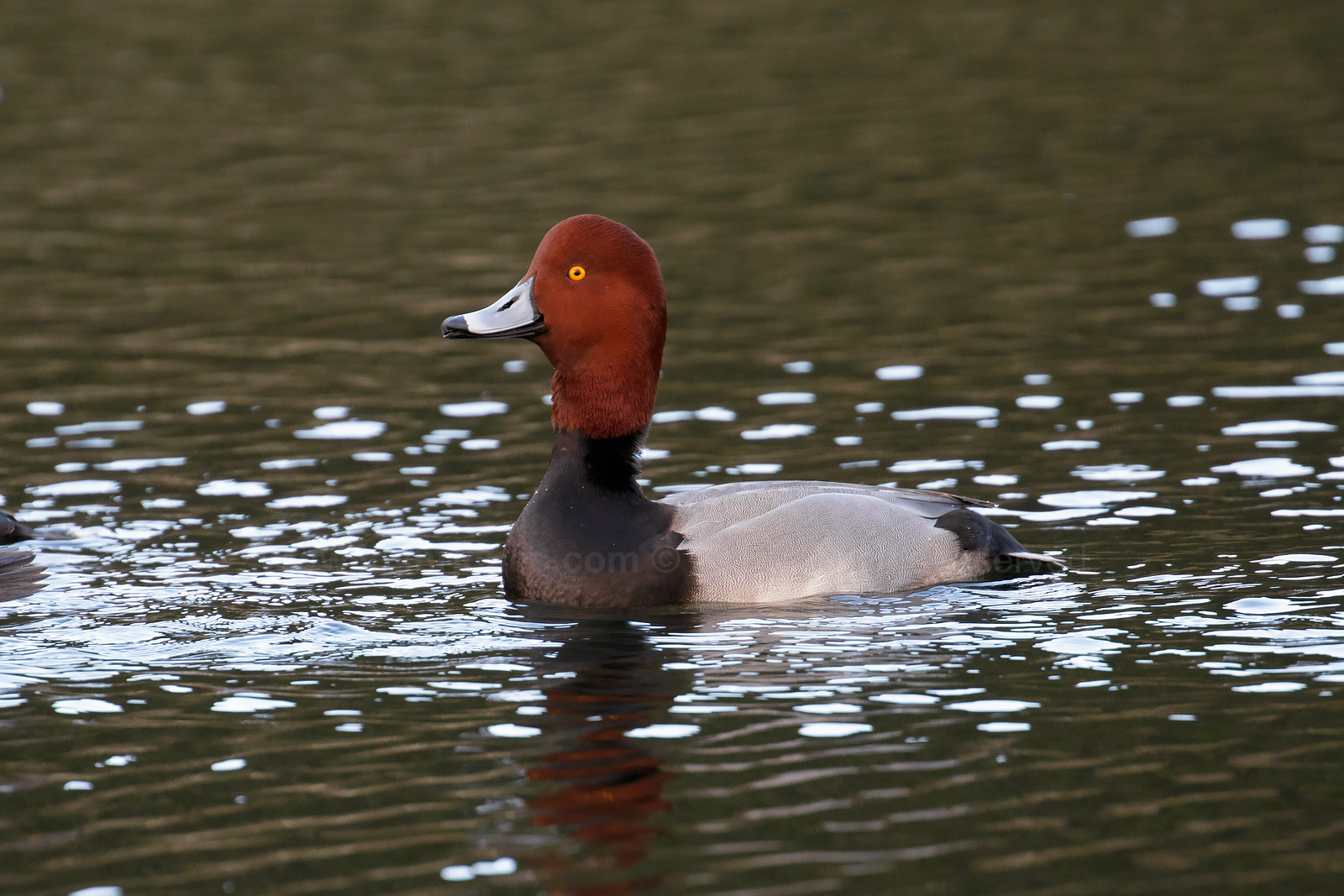
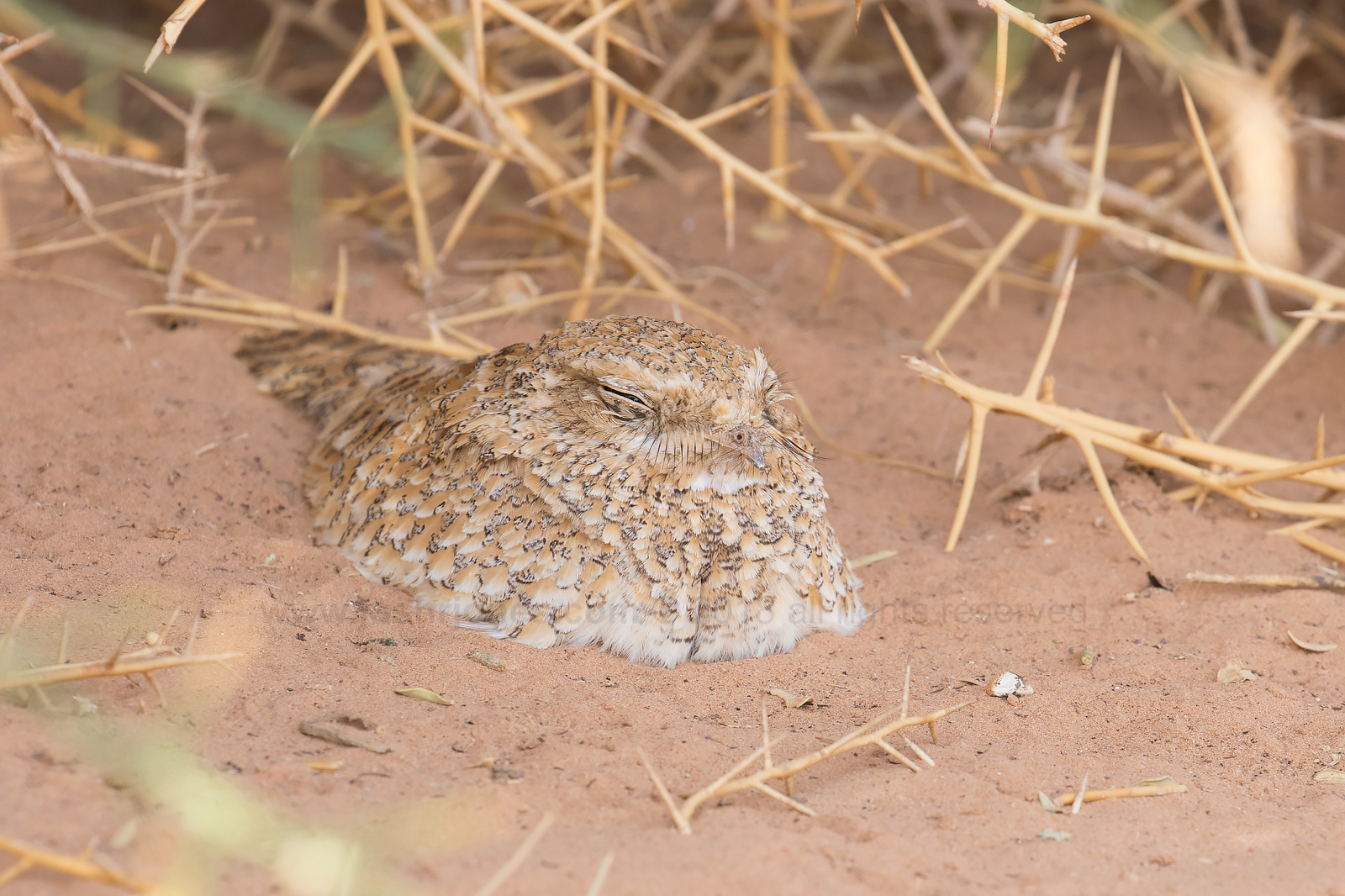

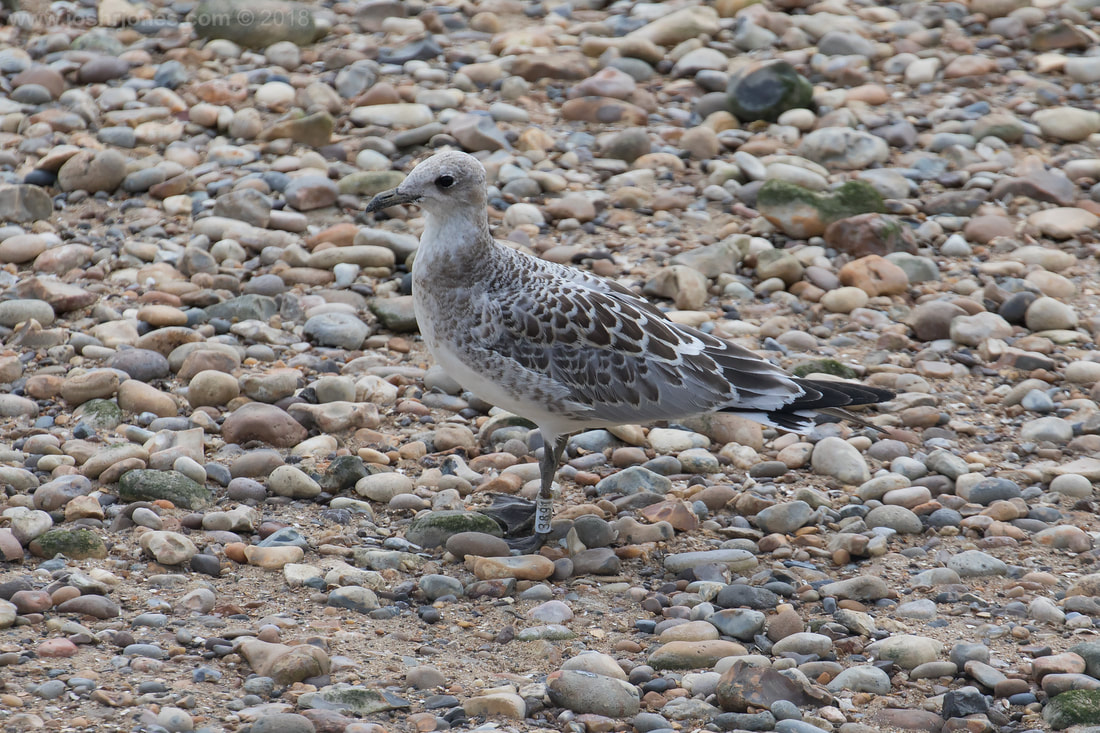
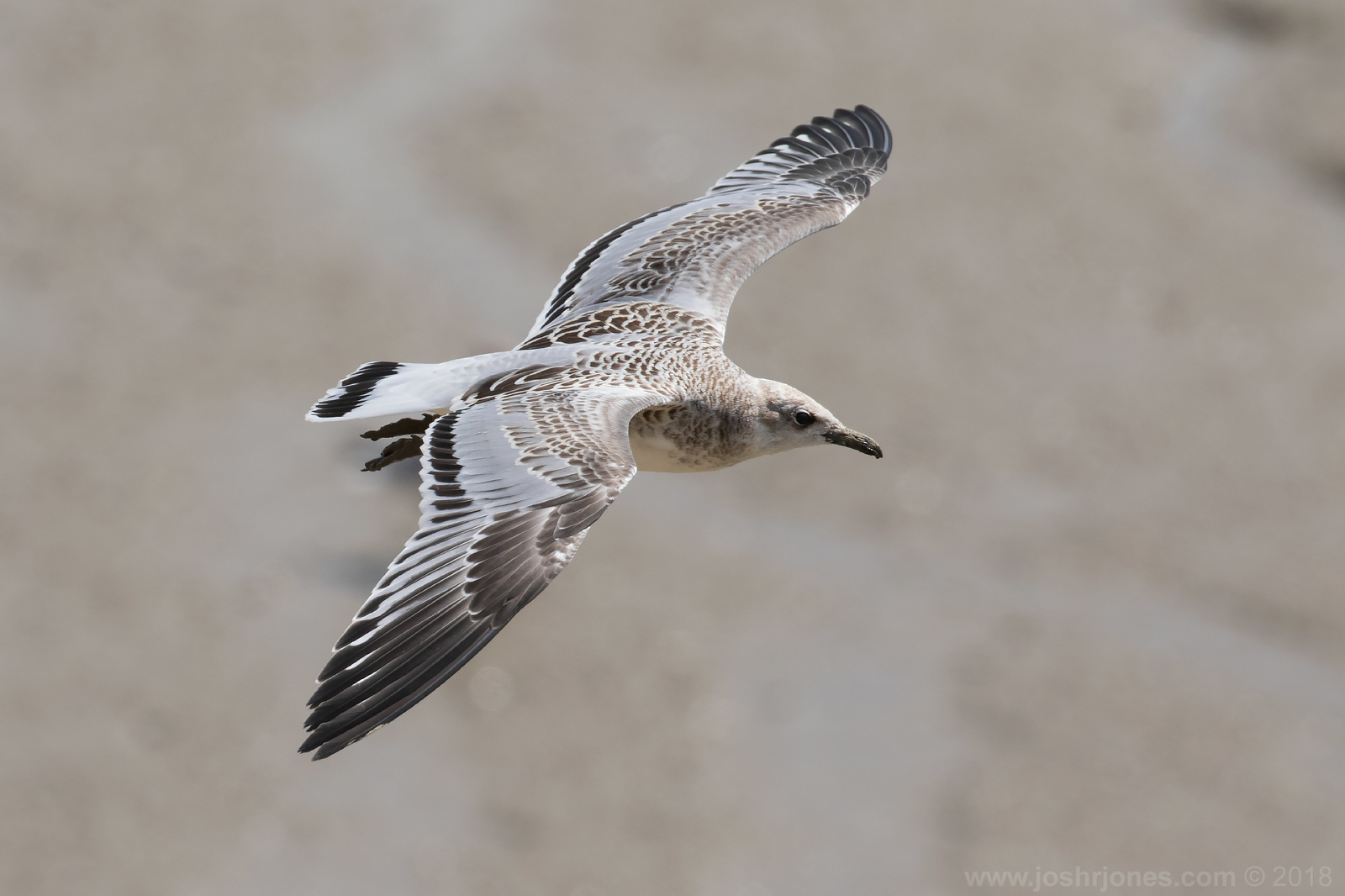
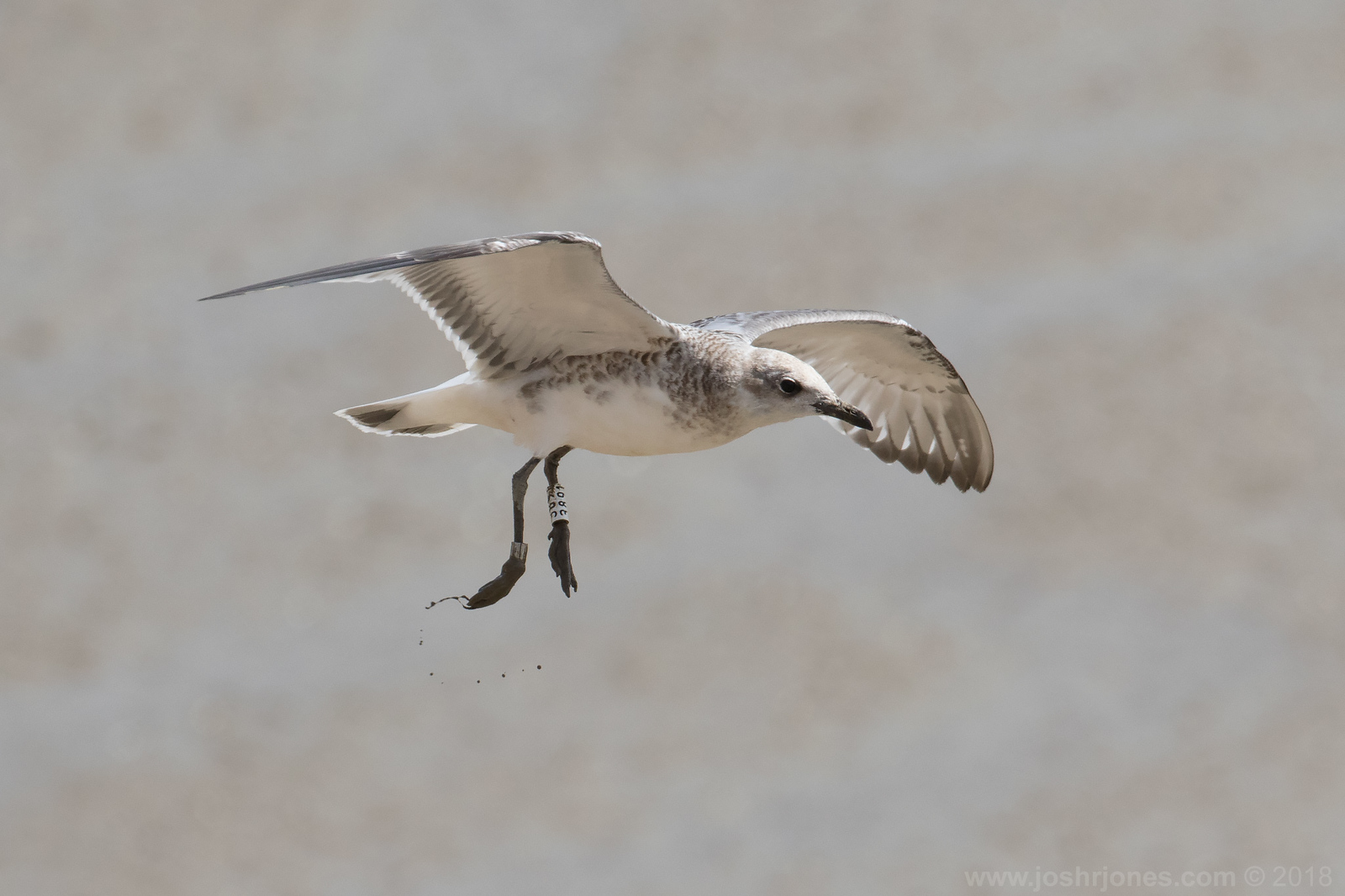
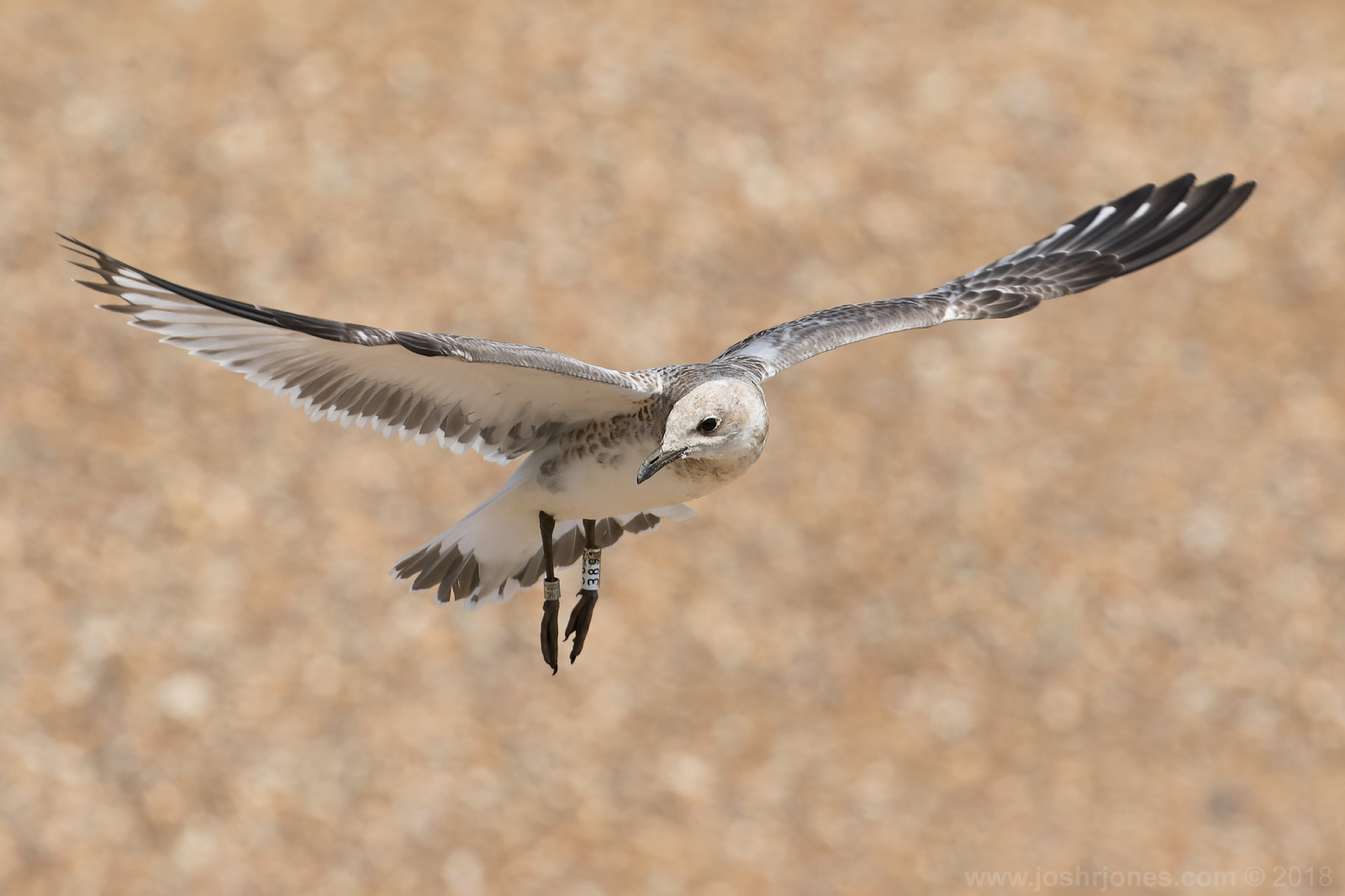

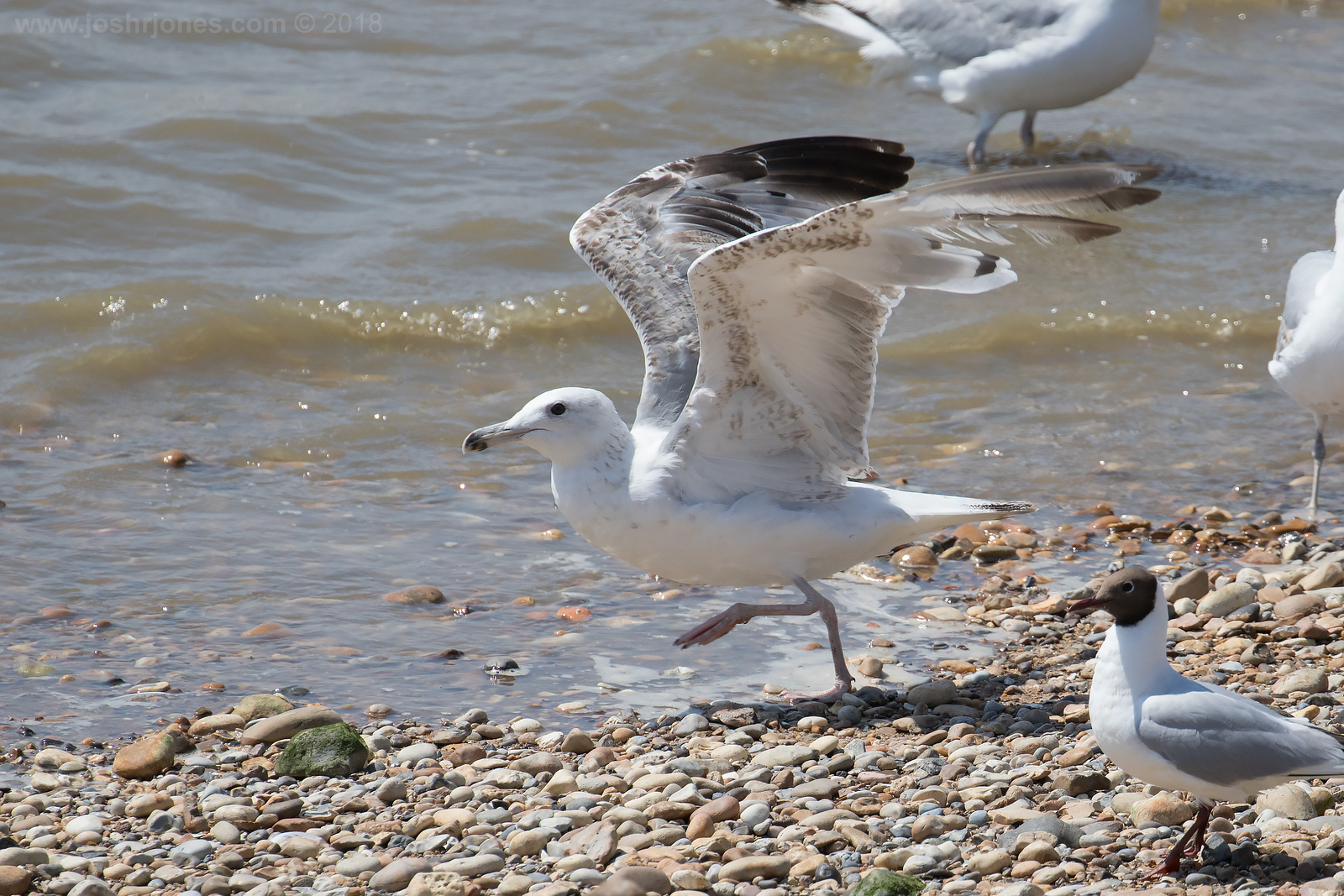
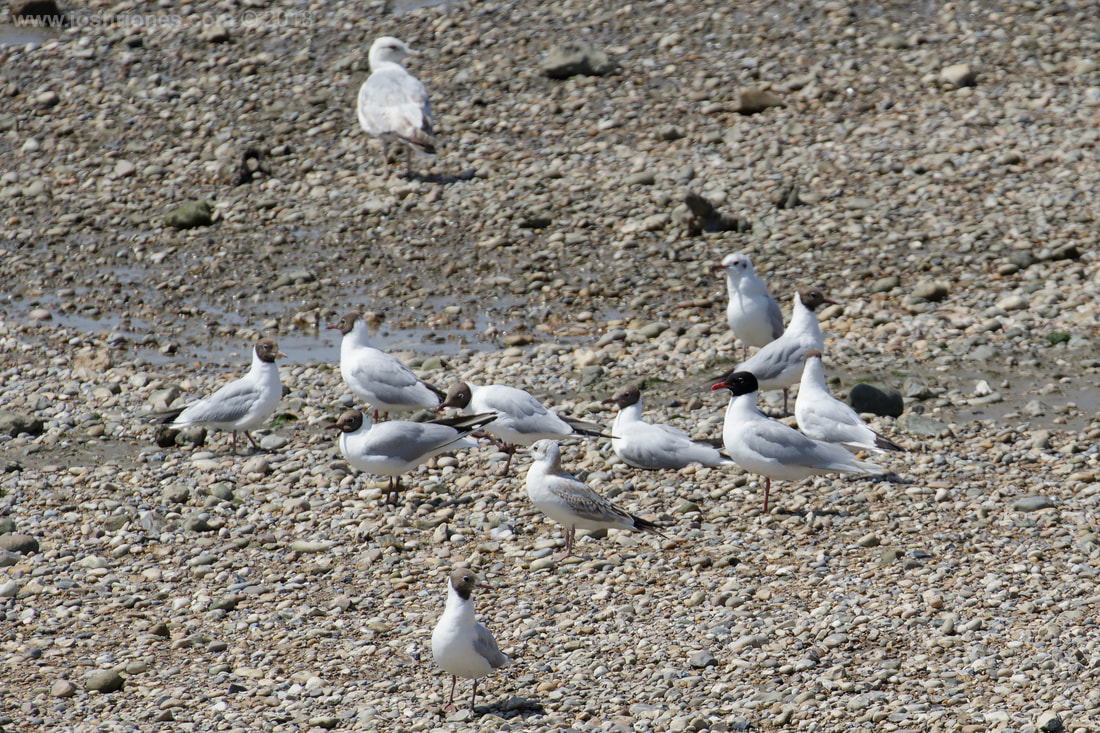
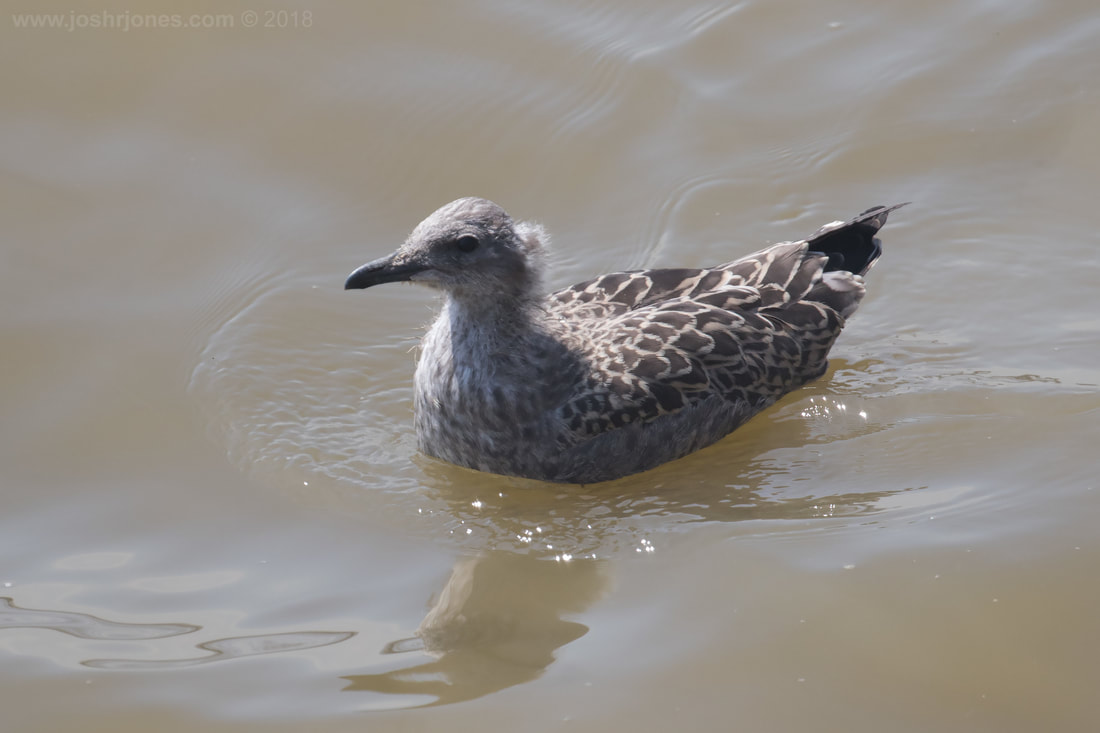
 RSS Feed
RSS Feed